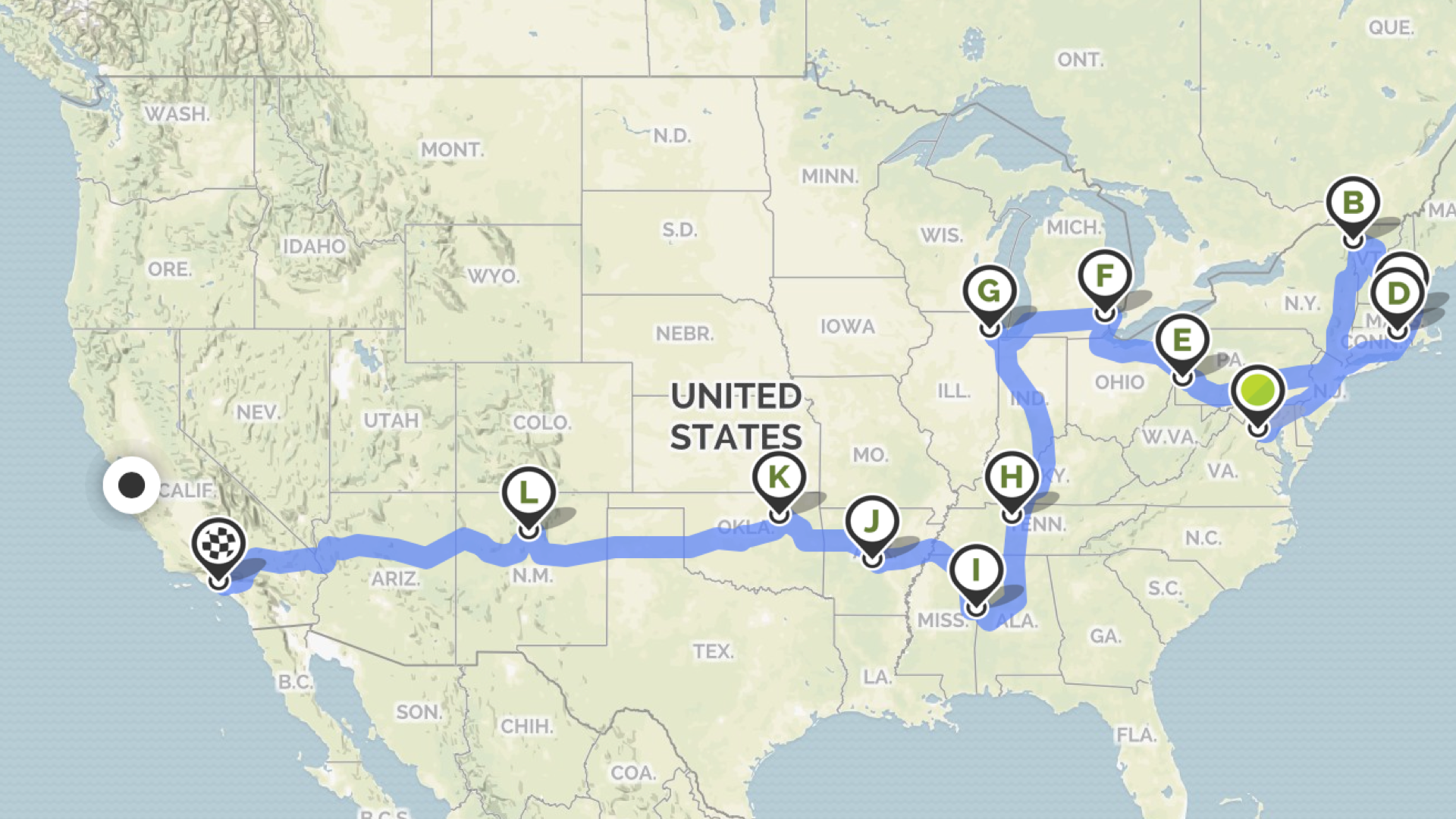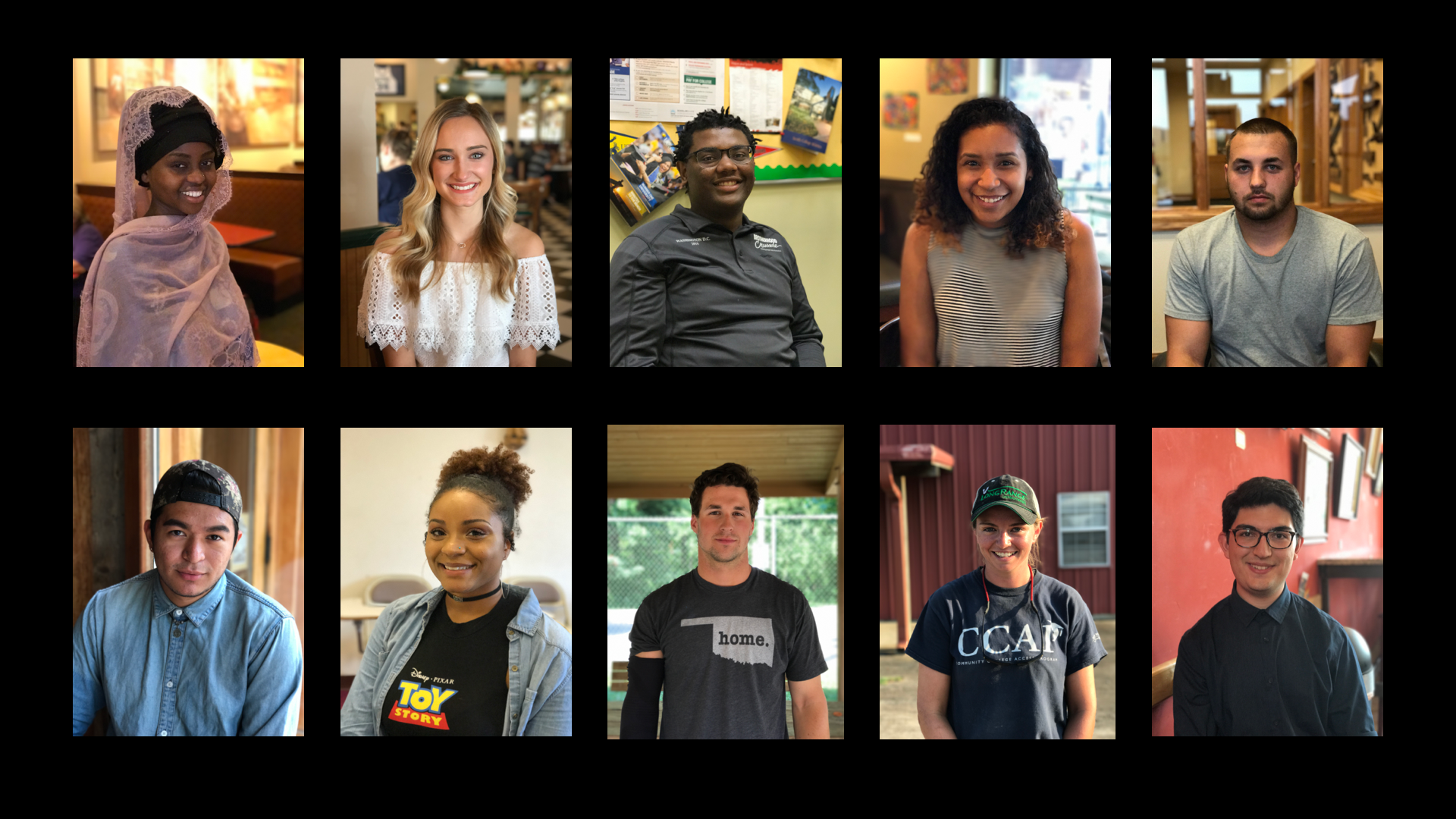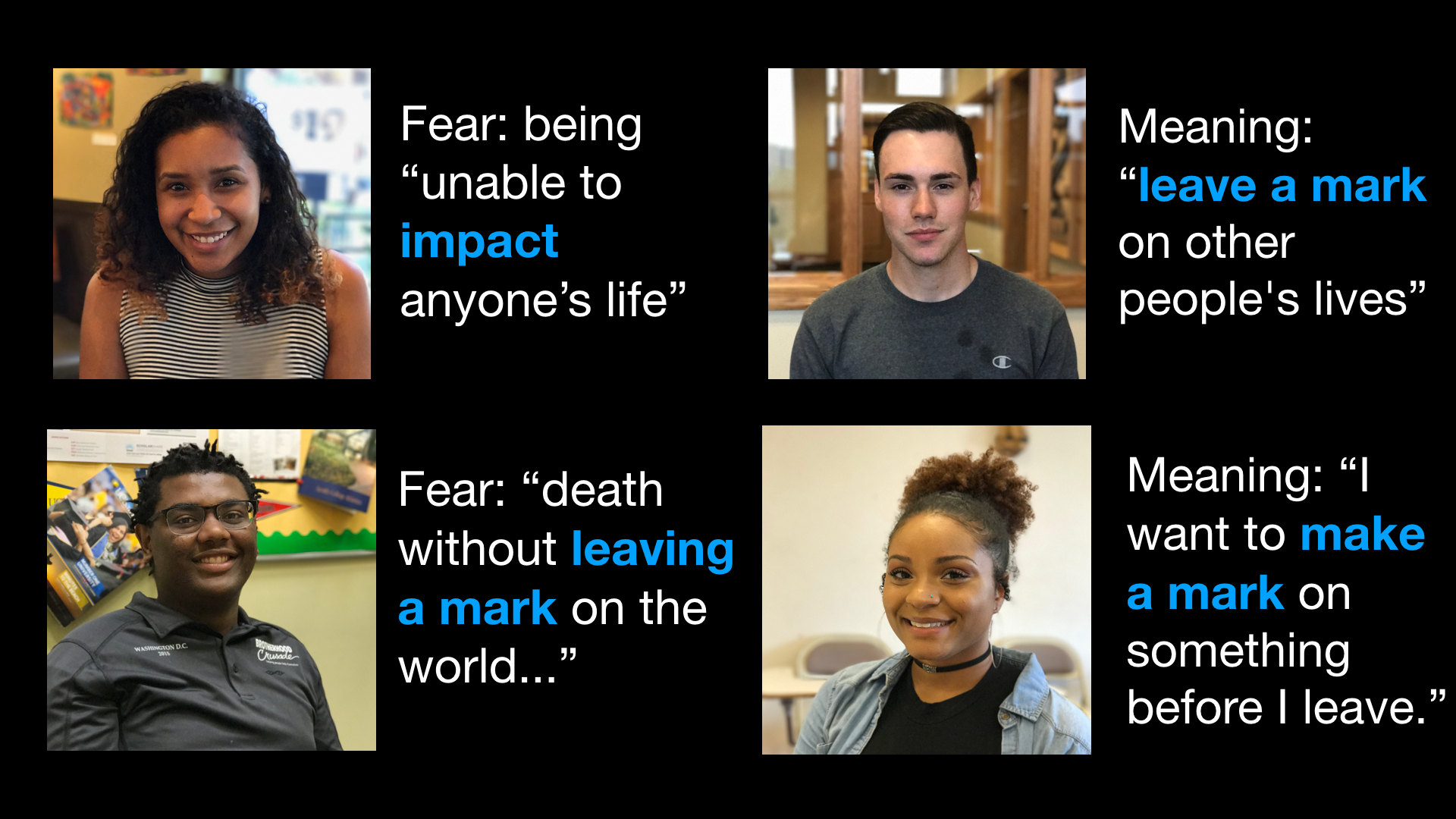GOAL
Twenty-one-year-olds are at a turning point in their lives — they’re on the brink of adulthood. America in 2017 was also at an inflection point. We’re more connected than ever before, yet also more divided. The summer before I turned 21, I set out on a journey to find out: What does is it like to be 21 in the United States? How are 21-year-olds thinking about their own future and the future of America? I received the Chappell-Lougee Scholarship to fund a summer of research on these questions. miles, through 24 states to interview 21-year-olds from all walks of life.
THE JOURNEY
I drove 6,000 miles through 24 states, and interviewed fifty 21-year-olds from all walks of life. Armed with a microphone, an iPhone camera, and a list of questions, I conducted interviews everywhere from a church in Detroit, to a dorm outside of Boston, to a cattle ranch in rural Alabama. I asked young people questions about their own future (Ex. What is your greatest fear? What is your biggest hope?) and questions about the future of America (Ex. If you could change one thing about America, what would it be?).




FINDINGS
The Optimism Gap: 21-year-olds tend to be optimistic about their own future, but pessimistic about the future of America. When people zoom out, their optimism transforms into pessimism.
Stagnaphobia: Older generations tend to fear change. Yet many 21-year-olds feared stagnation. Rapid change is the norm, and we expect things to keep progressing.
Making a Mark: The media often portrays young people as naval-gazers who are obsessed with their social media profiles and absorbed in their safe spaces. But no matter where I travelled, I heard the same refrain: young people wanted to “make a mark” on the world.
